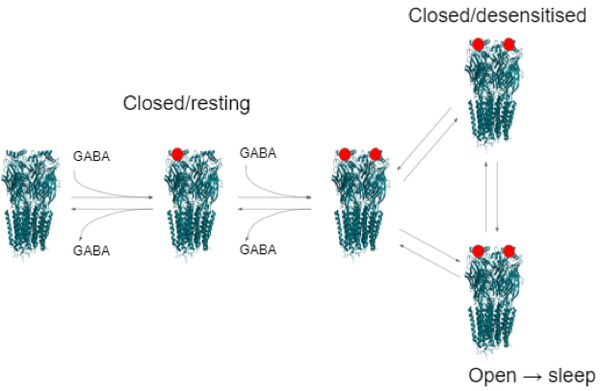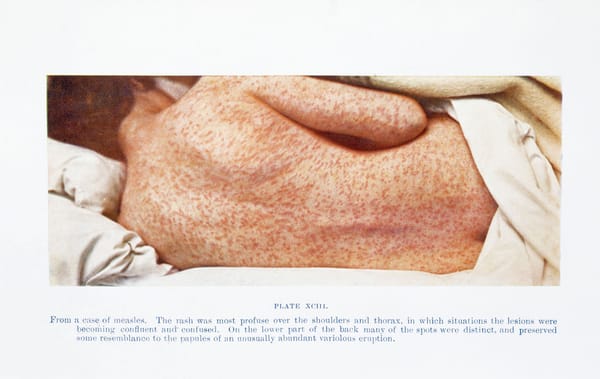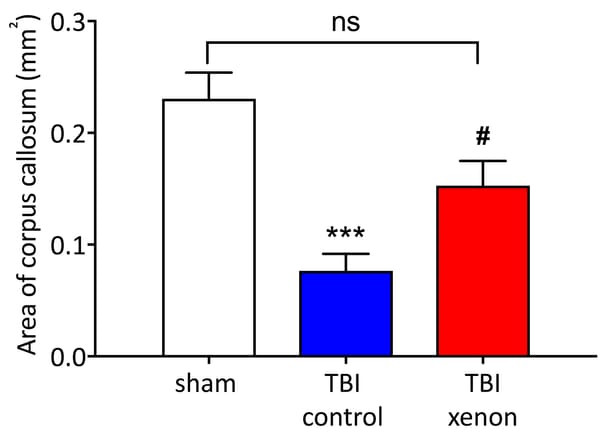Oxygen: the generator of life
New research indicates that oxygen abundance was strongly correlated to cycles of flourishing and declining biodiversity during the development of prehistoric multicellular life.

When your peaceful summer nap is interrupted by the constant buzzing of a fly, do not think of it as the predetermined behaviour of a bothersome insect, but that of a many-times-removed cousin. Most animal phyla (the major groups under which the animal kingdom is divided, based originally in their body plan and then on genetics) first appeared on the fossil record 540 million years ago, during an event known as the Cambrian Explosion. Worms, molluscs and even the very first recognisable ancestors of vertebrates started crawling the seabed during that period, all in a timespan of around 20 million years, which is a negligible amount of time in geological terms. The causes of such an increase in both the number and diversity of species are still heatedly debated by palaeontologists and biologists, with theories ranging from an increase in calcium concentration in the oceans to an arms race between predators and prey. But recently, researchers think that they have found the one major reason behind the event.
Apparently, it was oxygen. “More specifically, what we have found is that the variations in oxygen concentrations during the period can be correlated with cycles of ‘boom and bust’ in the biodiversity of the Cambrian. Higher concentrations of oxygen are found in periods where species thrived; lower ones are related to extinction events,” says Dr. Tianchen He, one of the leading researchers from the University of Leeds.
The researchers measured oxygen concentrations in the atmosphere at the time by studying two isotopes of sulphur and carbon that are present in rocks of the period excavated in the banks of the Lena River, Siberia. In a chemical process known as reduction, compounds with both oxygen and sulphur or oxygen and carbon lose their oxygen atoms (they are “reduced”), and oxygen in gas form is released. Thus, when high concentrations of reduced carbon and sulphur are found in rocks from the time, it can be deduced that the amount of oxygen in the atmosphere was also substantially large.
The variation of oxygen in the rocks was compared to past palaeontological worldwide records on species biodiversity throughout the Cambrian, and the correlation between oxygen abundance and the blooming of life could not be clearer. “This cycle continued for 40 million years, causing micro-extinction events when oxygen concentrations decreased,” says co-author Professor Graham Shields from University College London. “There is a singular, final and globally evidenced episode of oxygenation around 500 Ma at the end of the Cambrian Period called the SPICE event. The subsequent geological period, the Ordovician, was quiet by comparison.”
It seems that oxygen variations were instrumental for explaining the radiation of multicellular life, but, once this class of organisms was established, it gave way to other environmental and geological factors as the main driving force behind biodiversity dynamics. The end of the Ordovician (440 million years ago) saw a major extinction event that drastically reduced the number of marine species. This time, though, it was a global glaciation that caused the catastrophe.
The researchers are optimistic that the data so far confirm their theory, with the data recovered, but samples from other parts of the planet need to be analysed in order to confirm that the variations were, indeed, a global phenomenon. Provisional results from rocks found in China appear to comply with the hypothesis. “We have found a similar pattern at least for one of the excursions in South China. However, we are still working to confirm our findings in Morocco and Mongolia,” says Dr. He.
One of the most essential elements for our survival was most probably instrumental in triggering the changes that made us what we are. Breathing not only keeps you alive, but may also have been responsible for generating multicellular life in the first place. Every creature in that group, from flies to us, should be thankful for that.










